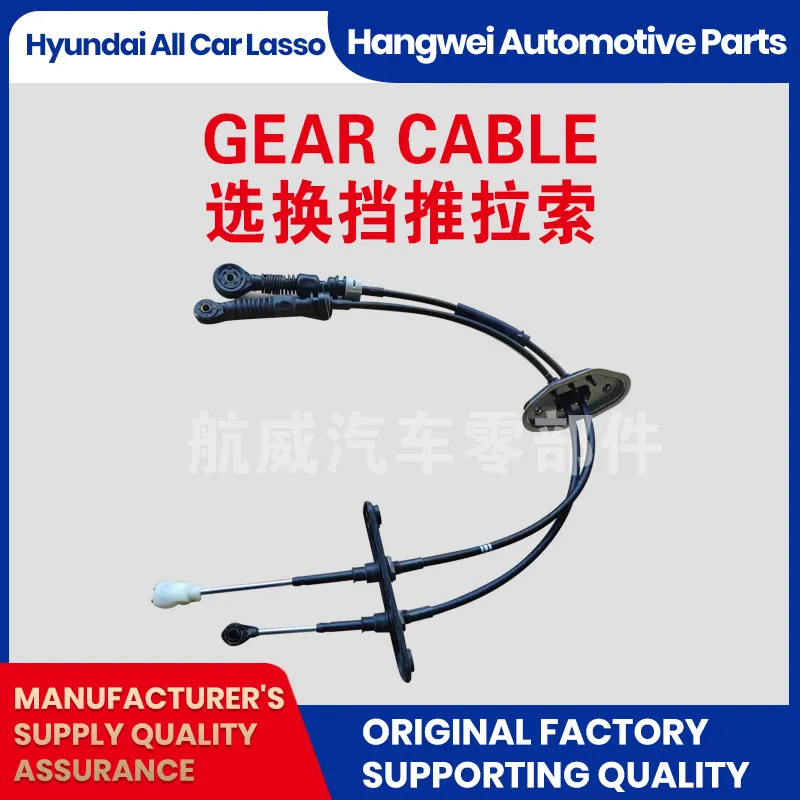Hydraulic Line for Clutch and Slave Cylinder Connection and Performance Optimization
The Importance of the Clutch Slave Cylinder Hydraulic Line in Automotive Systems
The clutch system is a fundamental component of a manual transmission vehicle, enabling smooth gear shifts and optimal control over the engine's power. Among the critical elements of this system is the clutch slave cylinder hydraulic line, which plays a crucial role in the operation of the clutch. Understanding its function, design, and maintenance can greatly enhance vehicle performance and longevity.
Understanding the Clutch Slave Cylinder
The clutch slave cylinder is a part of the hydraulic system that facilitates the disengagement of the clutch disk from the flywheel when the driver presses the clutch pedal. This disengagement is essential for changing gears without damaging the transmission. When the clutch pedal is pressed, hydraulic fluid is sent from the master cylinder to the slave cylinder via the hydraulic line, creating pressure that pushes the clutch fork. This action pulls the clutch release bearing away from the pressure plate, allowing the clutch to disengage.
The Role of the Hydraulic Line
The hydraulic line connecting the master cylinder to the slave cylinder is vital in ensuring that the hydraulic fluid flows efficiently throughout the system. Typically made of high-pressure materials like rubber or reinforced steel, this line must withstand significant pressures while remaining flexible enough to accommodate engine movements. A well-functioning hydraulic line ensures that the system operates smoothly and effectively, facilitating timely gear shifts.
Design Considerations
The design of the clutch slave cylinder hydraulic line involves several critical aspects. First, the diameter of the line is essential; it must be large enough to allow for quick fluid transfer but not so large that it causes a loss of pressure. The length of the line also matters; longer lines can introduce air pockets or fluid dynamics issues that can hinder performance. Additionally, the positioning of the line should avoid any sharp bends or protrusions that could cause wear and tear over time.
Modern vehicles often use braided stainless-steel lines for enhanced durability and performance. These lines not only resist corrosion but also prevent expansion under pressure, providing a more responsive feel when operating the clutch.
Common Issues and Maintenance
clutch slave cylinder hydraulic line

Like any automotive component, the clutch slave cylinder hydraulic line is not immune to problems. Common issues include fluid leaks, air in the system, and line abrasion. A fluid leak can lead to a loss of pressure, rendering the clutch ineffective. Regular inspections and maintenance are crucial in identifying and addressing potential problems early.
Drivers should be aware of signs that indicate problems with the clutch system, such as difficulty in shifting gears, a spongy clutch pedal, or a complete loss of clutch function. If any of these symptoms occur, it is essential to inspect both the hydraulic line and the slave cylinder for any potential issues.
Ideal Maintenance Practices
To prolong the lifespan of the clutch slave cylinder hydraulic line, several best practices can be employed
1. Regular Inspections Scheduled checks can catch abrasions, leaks, or wear before they become significant issues.
2. Fluid Changes The hydraulic fluid should be changed according to the manufacturer's specifications to prevent contamination and maintain optimal performance.
3. Professional Assessment If issues are suspected, seek immediate professional help to diagnose and resolve problems accurately.
4. Proper Handling During repairs or replacements, handling the hydraulic line carefully to avoid kinks or damage will ensure its longevity.
Conclusion
The clutch slave cylinder hydraulic line is an essential component of the clutch system in manual transmission vehicles. Its role in transferring hydraulic fluid to facilitate smooth gear shifts cannot be understated. By understanding its function, design, and maintenance requirements, vehicle owners can help ensure their cars operate effectively and enjoy reliable performance for years to come. Regular maintenance and timely inspections will go a long way in preserving the integrity of this system, ultimately leading to a safer and more enjoyable driving experience.
-
Workings of Clutch Pipe and Hose SystemsNewsJun.04,2025
-
The Inner Workings of Hand Brake Cable SystemsNewsJun.04,2025
-
The Secrets of Throttle and Accelerator CablesNewsJun.04,2025
-
The Hidden Lifeline of Your Transmission Gear Shift CablesNewsJun.04,2025
-
Demystifying Gear Cables and Shift LinkagesNewsJun.04,2025
-
Decoding Clutch Line Systems A Comprehensive GuideNewsJun.04,2025
